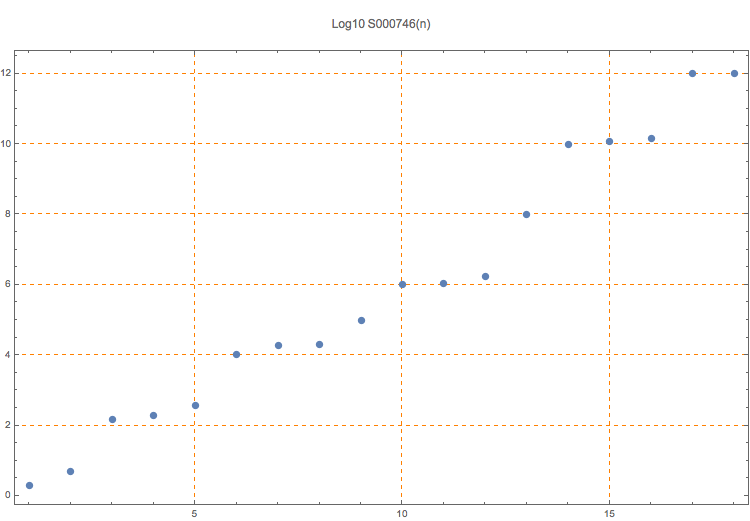Prime palindromes that have an increasing number of bases for which they are palindromic.
3, 5, 151, 191, 373, 10301, 18481, 19891, 96769, 1008001, 1062601, 1670761, 101474101, 10008180001, 12137973121, 14063936041, 1000605060001, 1002113112001
1
We require that the number be palindromic in base 10. See A087911 and A107129 for more general sequences and S000747 for non-palindromic primes. See S000748 for the bases for which these numbers are palindromic.
T. D. Noe, Plot of 18 terms
Dmitry Kamenetsky, Puzzle 808: Palprimes that remain...
Example: prime 373 is here because it is the least number that is palindromic in base 10 and 4 other bases: 4, 8, 9, 10, and 372. In those bases, 373 is written as 11311(4), 565(8), 454(9), 373(10), and 11(373).
(Mma) palindrome[b_Integer, n_Integer, del_] := Module[{c = IntegerDigits[n, b], d}, d = If[del, Join[c, Reverse[Most[c]]], Join[c, Reverse[c]]]; FromDigits[d, b]]; nn = 4; len = 10^nn - 1; tp = {11}; Do[p = palindrome[10, n, True]; If[PrimeQ[p], AppendTo[tp, p]], {n, len}]; tp = Sort[tp]; mx = 0; t = {}; Do[q = Select[Range[2, Sqrt[n]], (s = IntegerDigits[n, #]; s == Reverse[s]) &]; If[Length[q] > mx, AppendTo[t, n]; Print[{n, q}]; mx = Length[q]], {n, tp}]; t
Cf. A087911, A107129, S000747, S000748.
nonn,base,hard,more
T. D. Noe, Nov 09 2015
